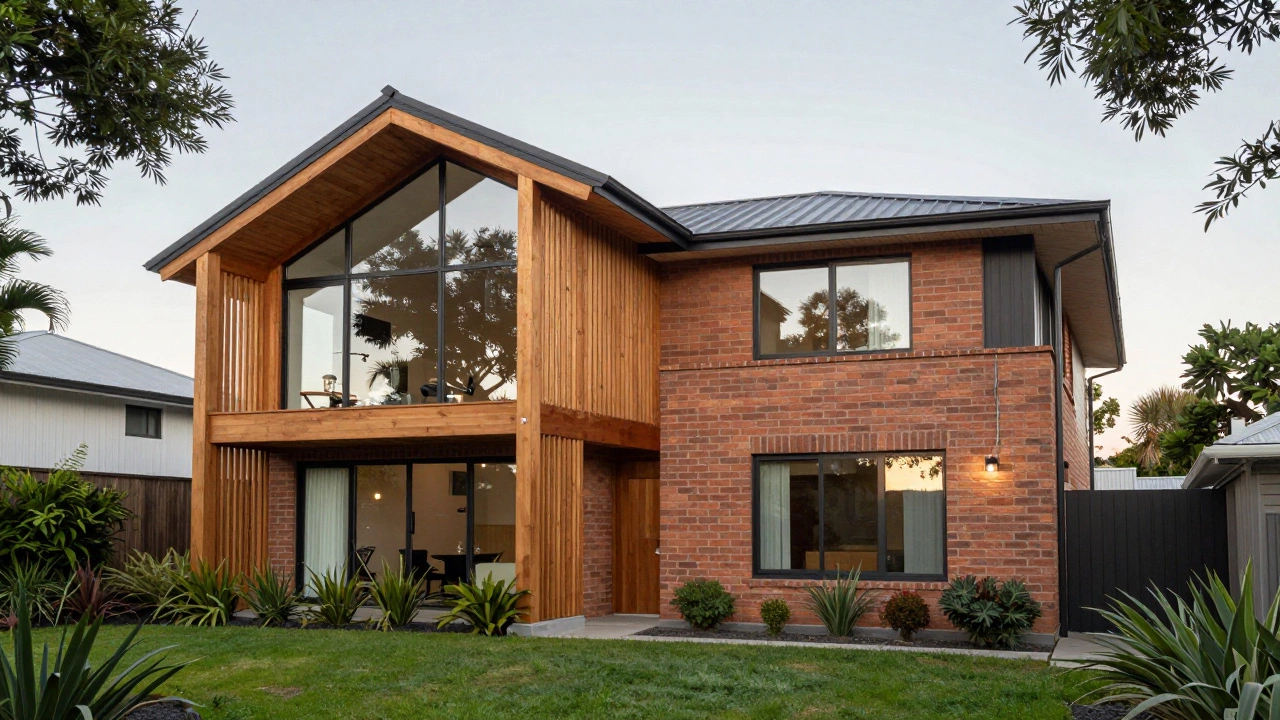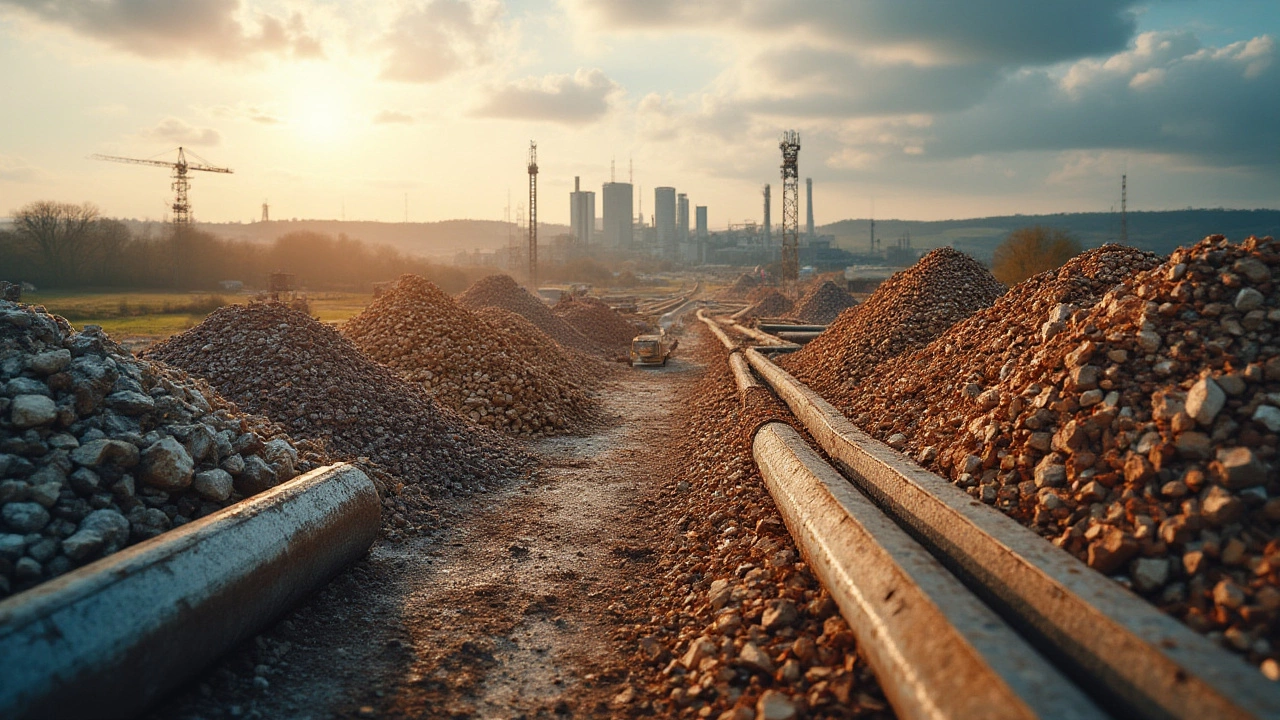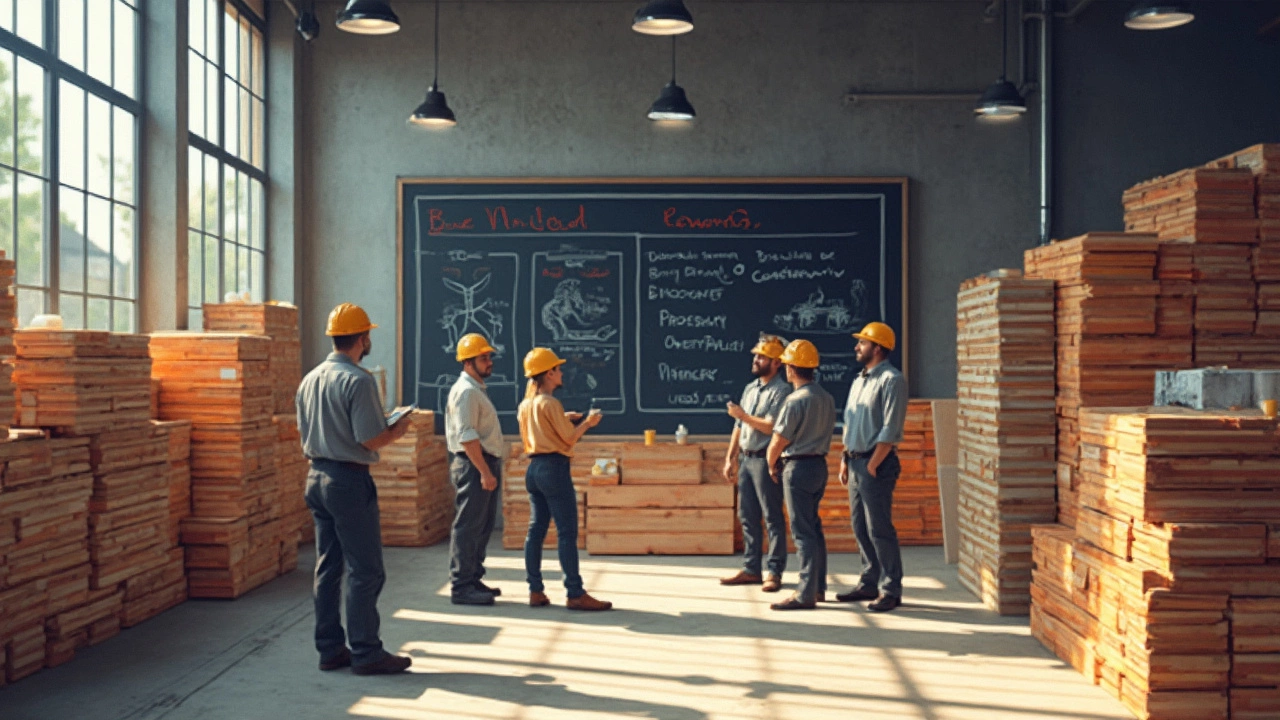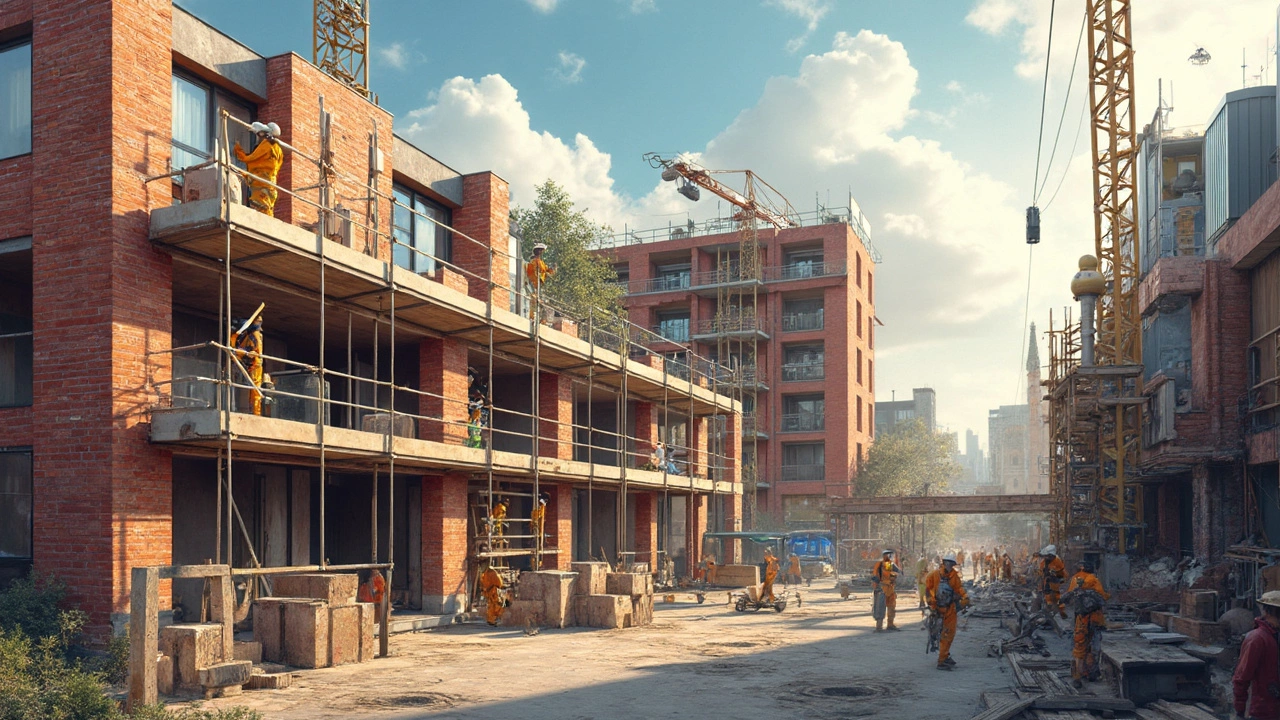Construction Materials – Your Practical Guide
When you start a building project, the first thing you need to decide is what to build with. The right material can save you time, money, and stress. In this guide we break down the most common materials, why they matter, and how to choose the best fit for your job.
Types of Construction Materials
Concrete is the king of home construction. It’s cheap, strong, and works everywhere from foundations to walls. If you want a solid base that lasts decades, concrete is a safe bet.
Wood gives you speed and flexibility. Framing, flooring, and interior finishes often use timber because it’s easy to cut and cheap in many regions. Just watch out for moisture – untreated wood can rot.
Brick and Block offer a classic look and good fire resistance. They’re heavier than wood but easier to install than poured concrete. Brick works well for façade work, while concrete blocks speed up wall construction.
Sustainable Options like bamboo, recycled steel, and engineered timber are growing fast. They cut down on raw‑resource demand and can lower your carbon footprint. Bamboo, for example, grows quickly and has impressive strength‑to‑weight ratio.
Insulation Materials such as foam board, mineral wool, and cellulose keep heat inside and reduce energy bills. Pick the right R‑value for your climate – higher is better in colder zones.
Choosing the Right Materials
First, think about your budget. Concrete and brick are usually the cheapest per square foot, but labor costs can add up. If you need a fast build, wood or steel framing may be cheaper overall because they require less on‑site work.
Second, consider the environment where you’ll build. In wet areas, avoid wood that can absorb water unless you treat it. In hot, sunny places, concrete can crack if it expands too quickly, so add expansion joints.
Third, look at the project’s lifespan. For a permanent home, durability matters more than upfront cost. For a temporary shed, you might pick cheaper, lighter options.
Finally, check local building codes. Some councils require fire‑rated materials for certain walls or roofs. Using the wrong material can delay permits and cost you extra time.
Bottom line: match material choice to budget, climate, timeline, and regulations. When in doubt, ask a professional – a quick chat with your builder can save you a lot of headaches later.
Ready to start? Grab a list of the top suppliers in your area, compare prices, and make sure each product meets the standards you need. With the right materials in hand, your construction project gets off to a smooth start.






